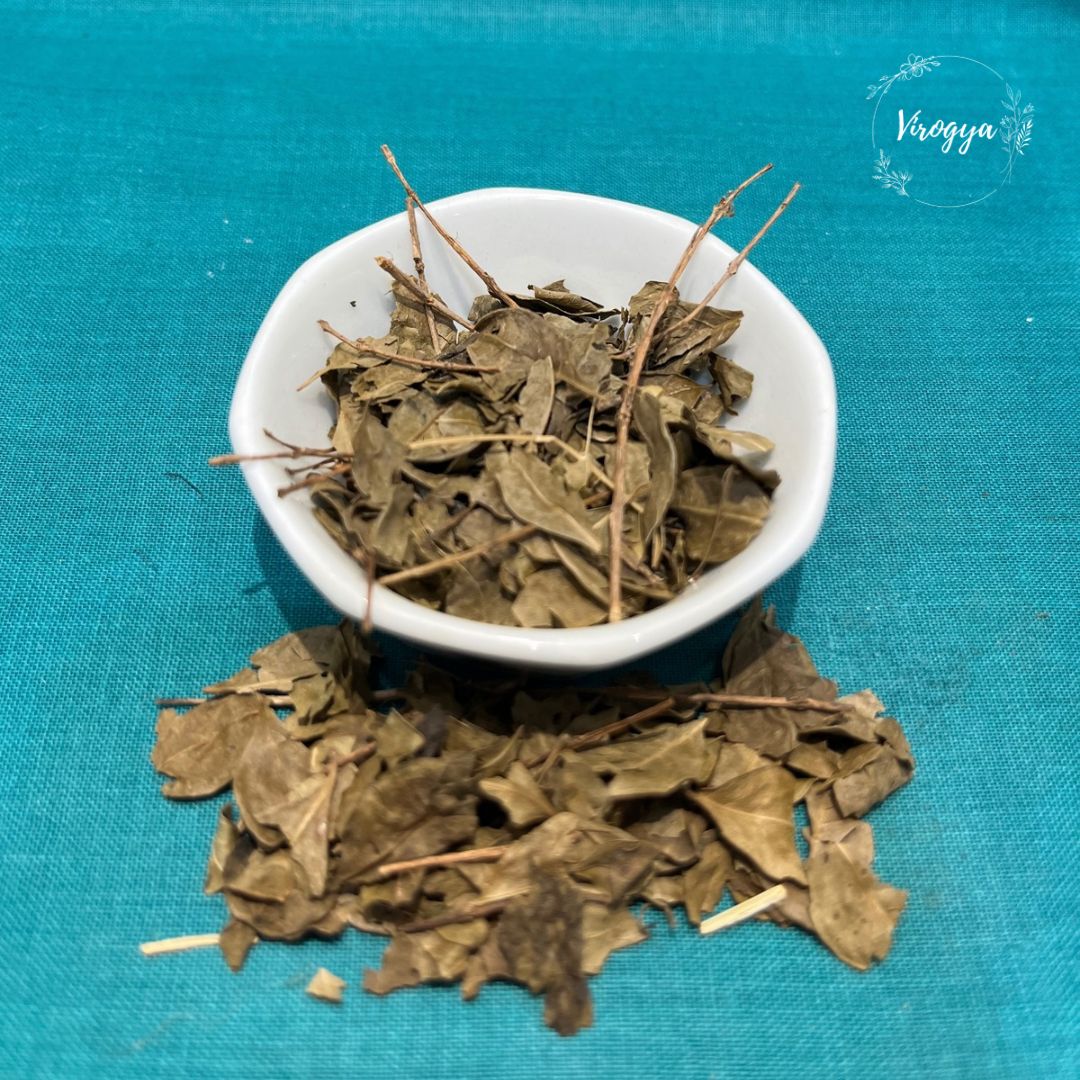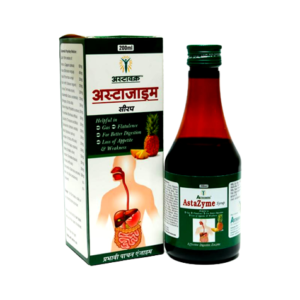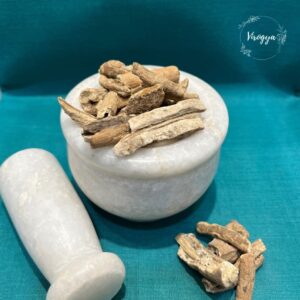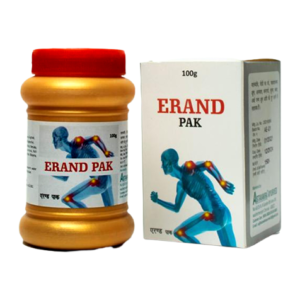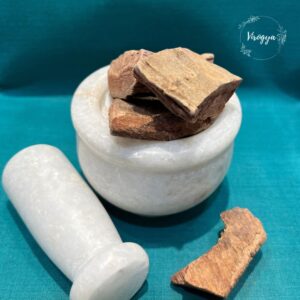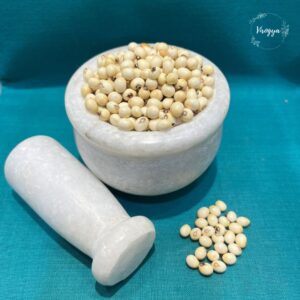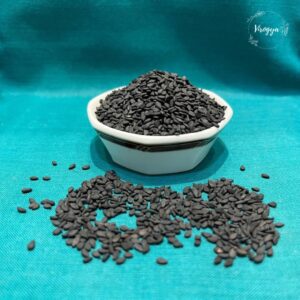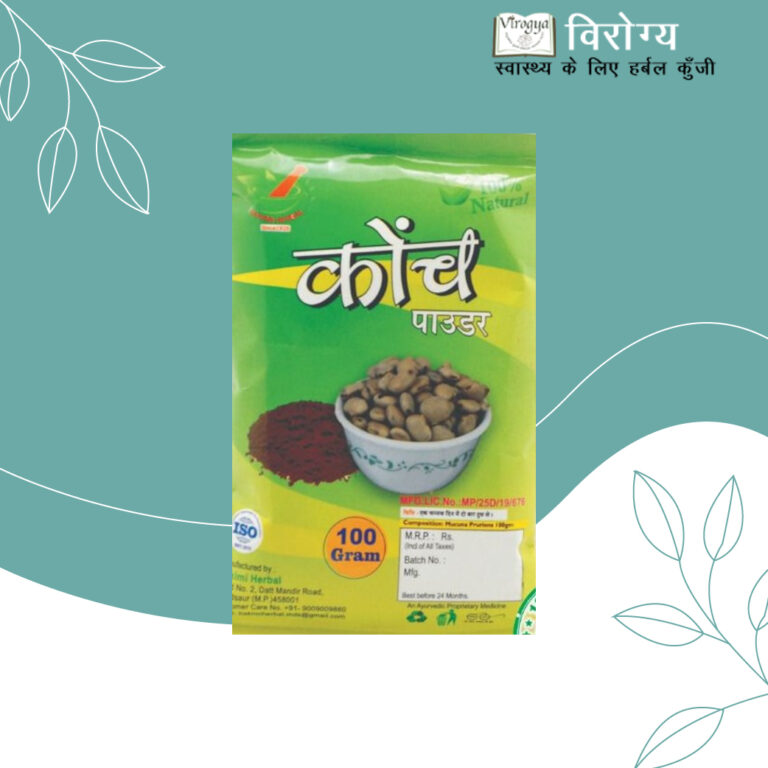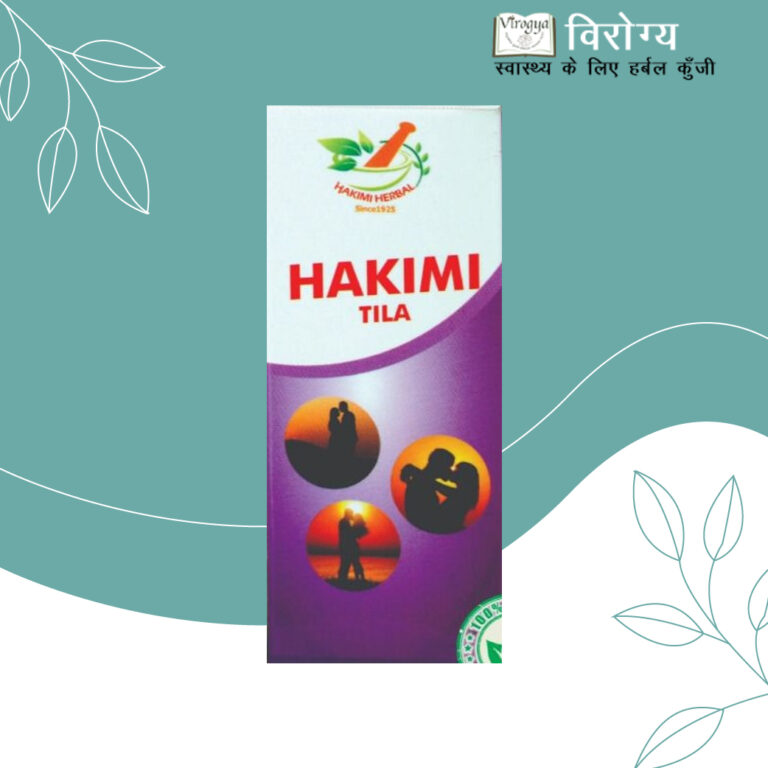Description
Mehndi (or henna) is a traditional form of body art that involves applying a paste made from the powdered leaves of the henna plant to the skin. When the paste dries and is removed, it leaves behind a temporary stain, typically in shades of red, orange, brown, or burgundy. Mehndi is widely used in various cultural and religious ceremonies, especially in South Asian, Middle Eastern, and North African traditions.
Significance of Mehndi
- Weddings: Mehndi holds cultural importance in weddings, symbolizing joy, beauty, and blessings for the bride. It is often applied in elaborate ceremonies with music and festivities.
- Festivals: Applied during festivals like Diwali, Eid, Karva Chauth, and Teej.
- Auspiciousness: Considered to bring good luck and ward off evil spirits.
- Cooling Effect: Mehndi has natural cooling properties that soothe the skin.
Application Process
- The henna paste is applied using cones, brushes, or sticks.
- It is left to dry for several hours (4–8 hours for darker stains).
- Once dried, it is scraped off, and the stain gradually deepens over 24–48 hours.
Mehndi Care Tips
- Avoid washing the design immediately after application.
- Apply lemon and sugar mixture to enhance the color.
- Keep hands warm to help the dye develop better.
- Use natural oils like mustard oil to darken the stain.


